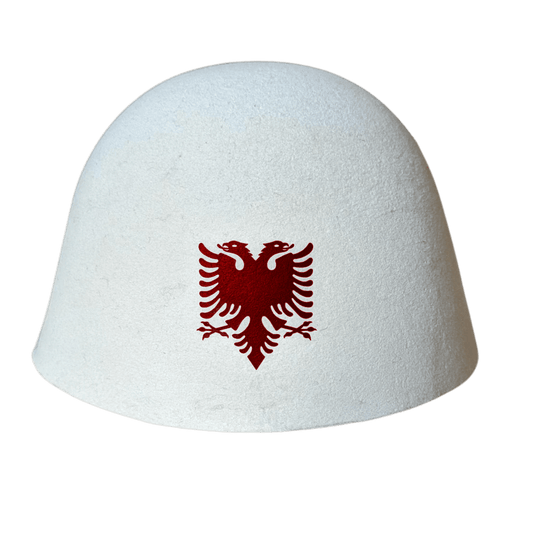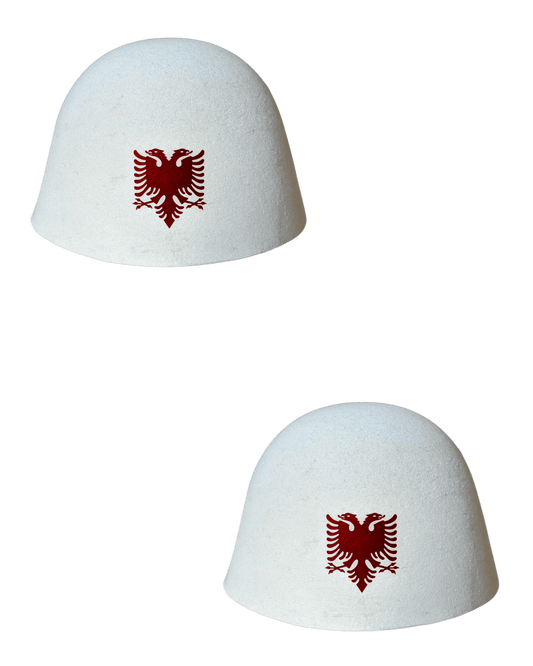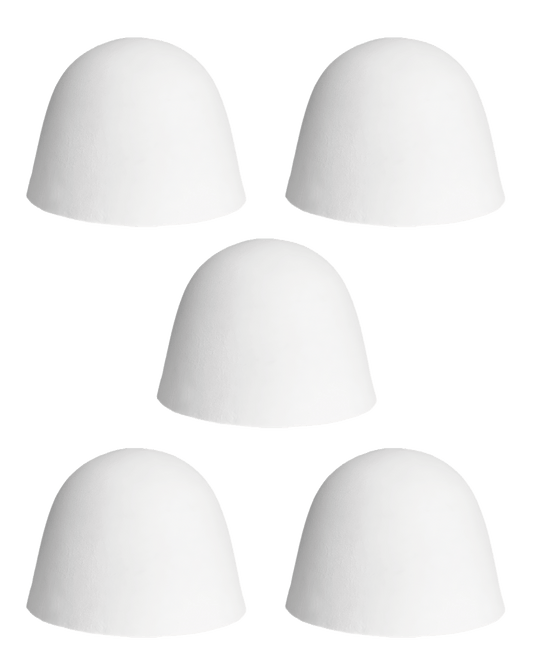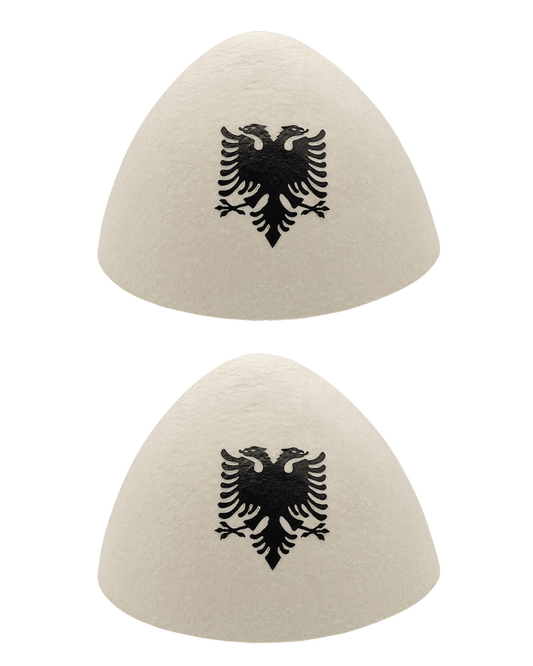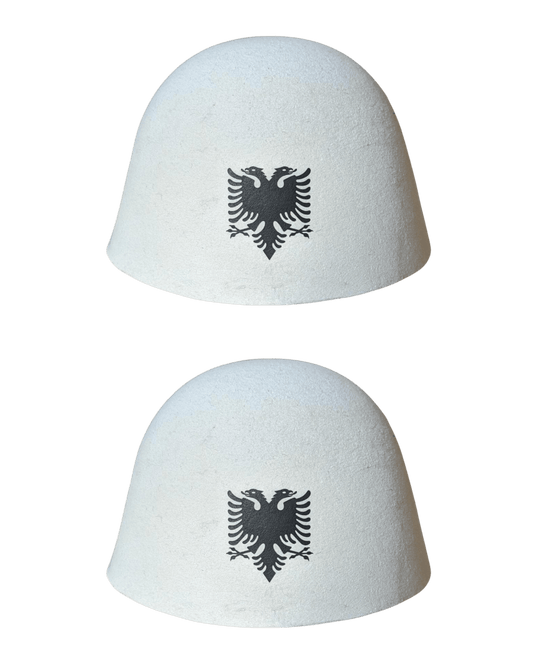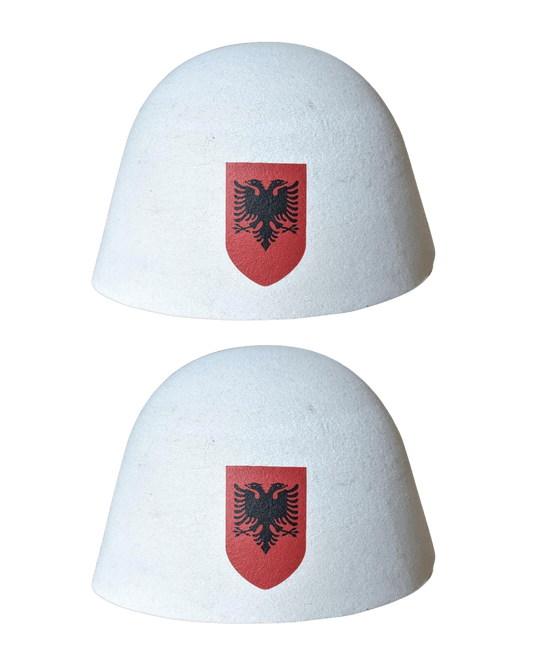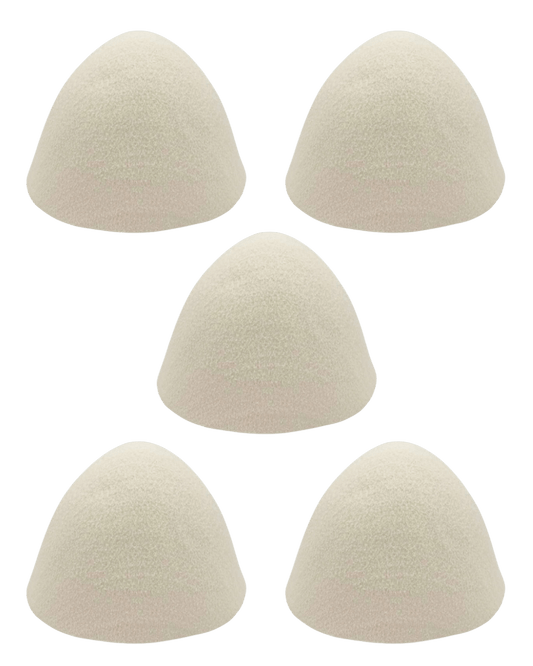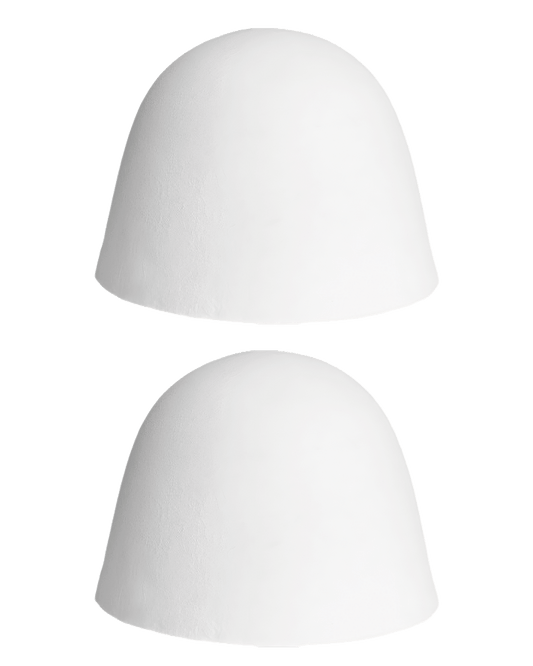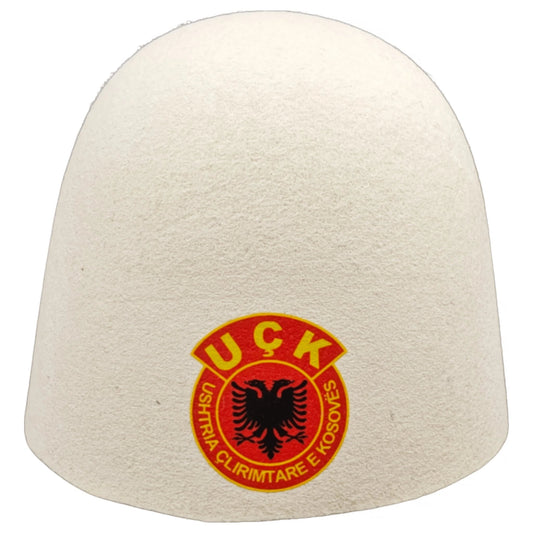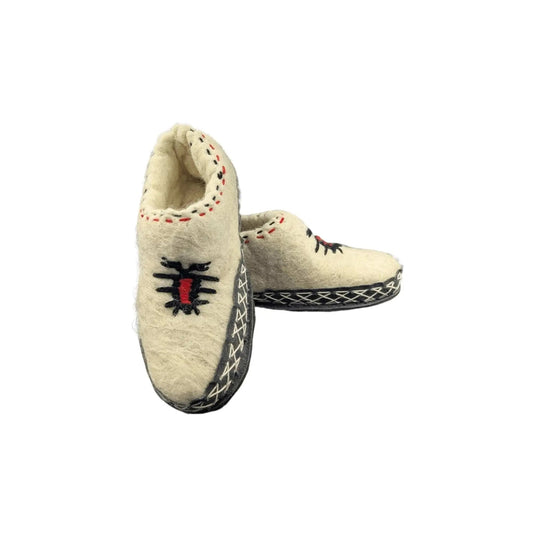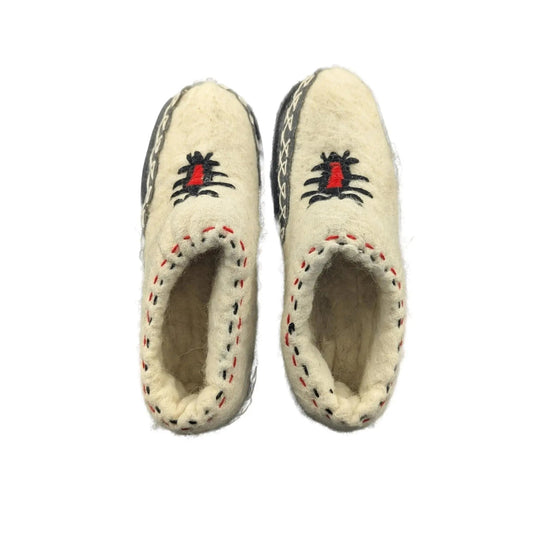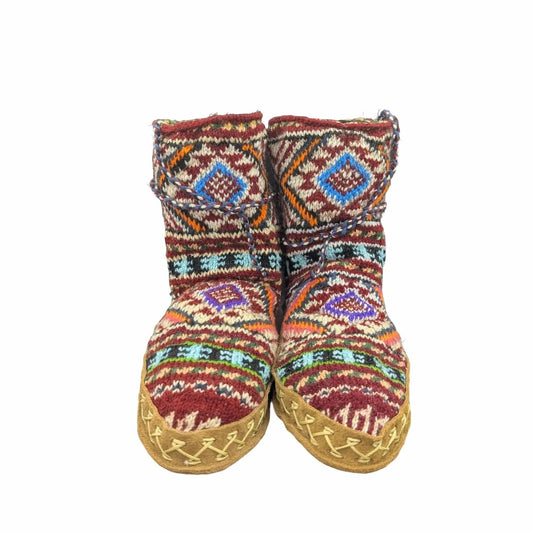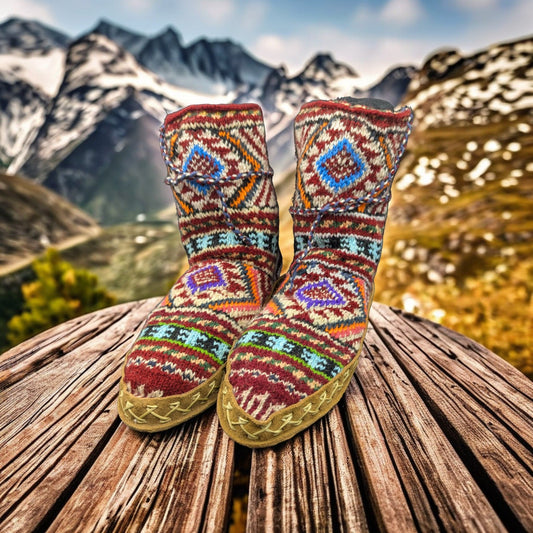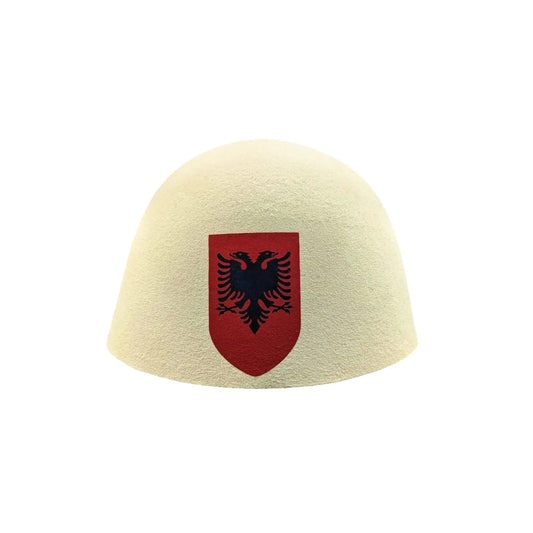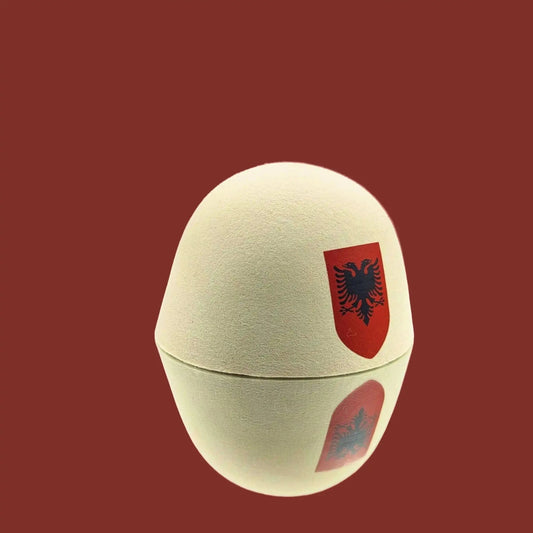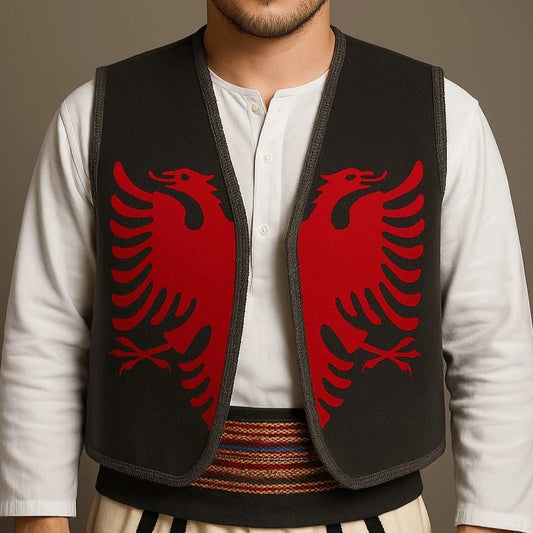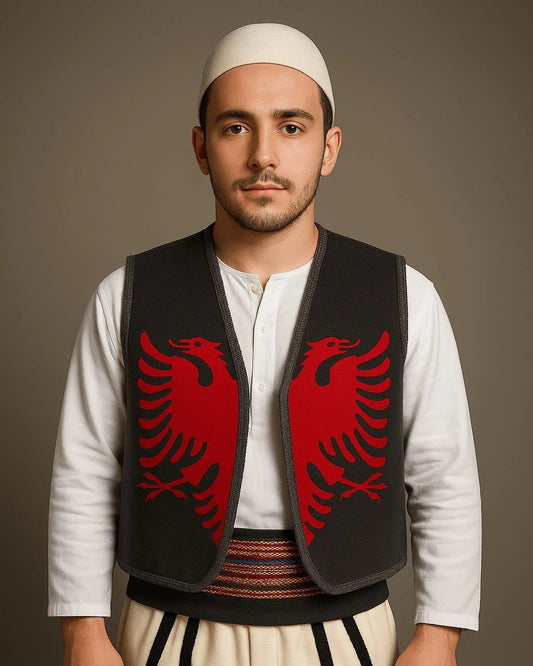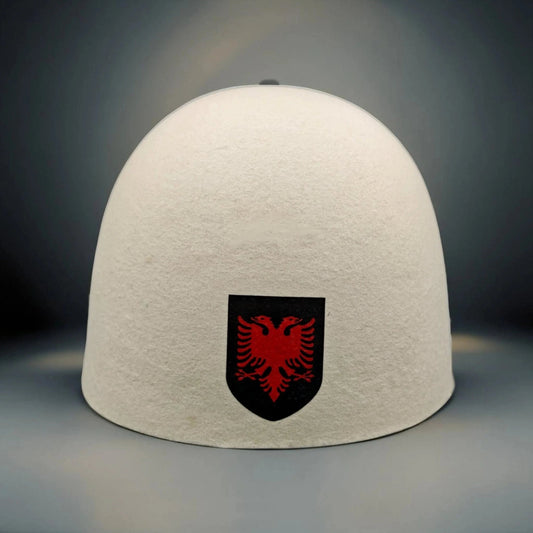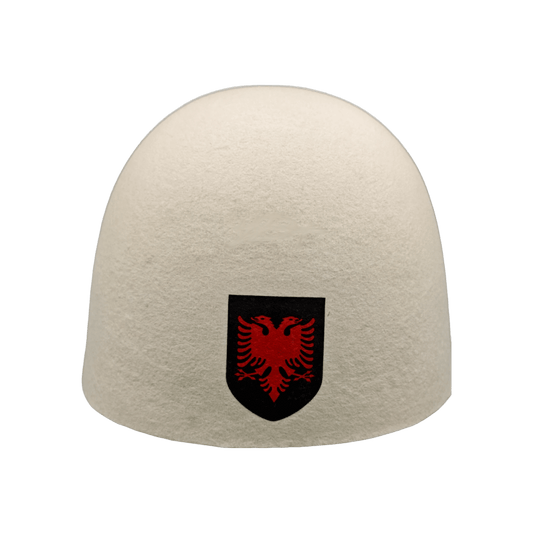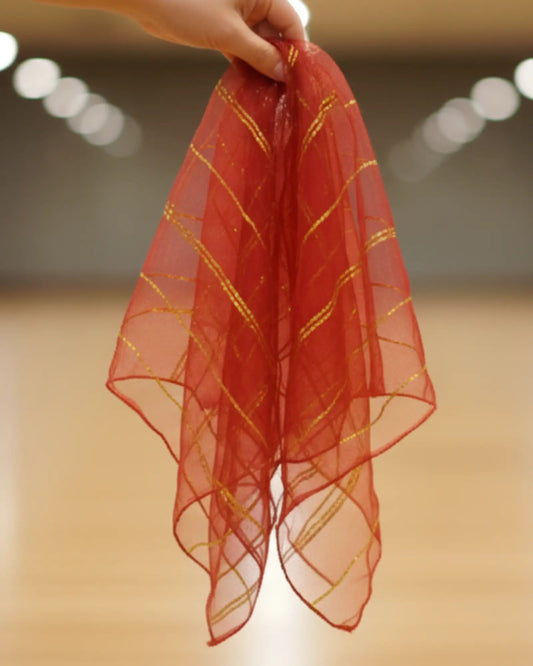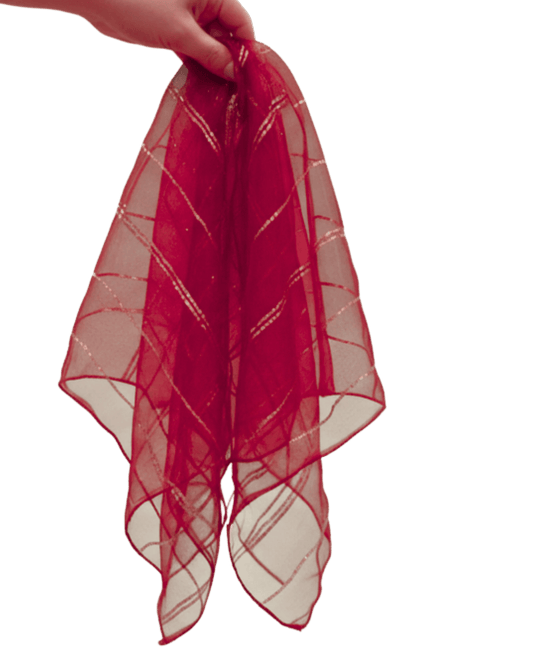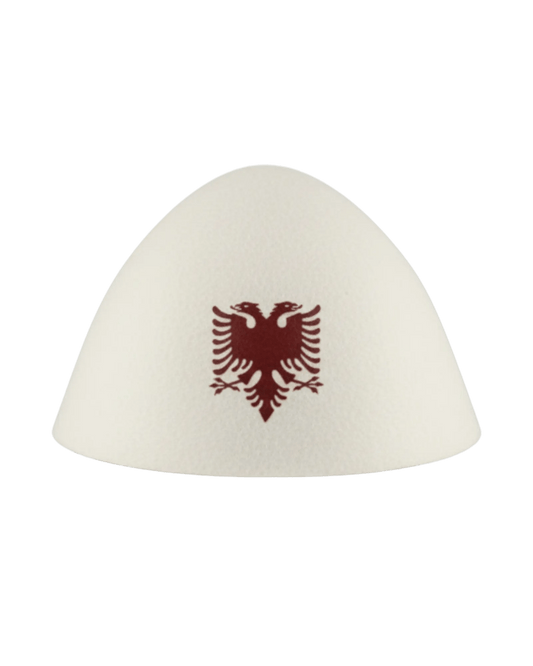-
Plis Shqiponje Dark Red (Kosova)
Regular price From €19,49 EURRegular price€19,99 EURSale price From €19,49 EURSale -
Plis (Kosova) - handmade with love
Regular price From €15,99 EURRegular price€19,99 EURSale price From €15,99 EURSale -
Qeleshe Shqiponje (Shqiperi) - Albania
Regular price From €16,49 EURRegular price€19,99 EURSale price From €16,49 EURSale -
Plis Shqiponje (Kosova) handmade
Regular price From €19,99 EURRegular price€19,99 EURSale price From €19,99 EUR -
Plis Emblem (Kosova) made in Kosova
Regular price From €19,99 EURRegular price€19,99 EURSale price From €19,99 EUR -
Qeleshe (Shqiperi) - model from Albania
Regular price From €14,99 EURRegular price€14,99 EURSale price From €14,99 EUR -
Handmade by Femijë Plis (Kosova).
Regular price From €14,99 EURRegular price€18,99 EURSale price From €14,99 EURSale -
Plis emblem (Kosova) KLA emblem
Regular price €19,99 EURRegular price€19,99 EURSale price €19,99 EUR -
Traditional Albanian wool slippers
Regular price €54,99 EURRegular price€64,99 EURSale price €54,99 EURSale -
Traditional Albanian wool slippers colorful
Regular price €31,99 EURRegular price€64,99 EURSale price €31,99 EURSale -
Plis for Kids – Emblem Kosova 🇽🇰
Regular price €17,99 EURRegular price€18,99 EURSale price €17,99 EURSale -
Traditional Vest Double Headed Eagle Black Red One Size
Regular price €52,99 EURRegular price€49,99 EURSale price €52,99 EURSold out -
Plis emblem made in Kosova Zi e Kuq
Regular price From €19,49 EURRegular price€19,99 EURSale price From €19,49 EURSale -
Traditional Albanian dance scarf - Shamija e kuqe
Regular price €5,49 EURRegular price -
Qeleshe Shqiponje (Blood Red) - Albania
Regular price €16,99 EURRegular price€18,99 EURSale price €16,99 EURSale
Collection: Tradition & Culture
Tradition & Culture – Albanian Costumes, Plis & Accessories
Welcome to our Tradition & Culture category – here you'll find authentic symbols, clothing, and accessories that have expressed Albanian identity for centuries. From the iconic plis/qeleshe to traditional costumes, dance accessories , and cultural sets – each piece combines craftsmanship, history, and pride. Whether for weddings, cultural associations, festivals, or as part of your personal lifestyle, this collection brings the heart of Albanian culture to your home.
Why tradition and culture are important in everyday life
Tradition is more than a piece of clothing—it's a symbol of belonging . With an Albanian traditional costume or a plis, you not only express your fashion sense but also honor your heritage. Traditional accessories accompany you at family celebrations , national holidays , Albanian weddings , or club events . They are symbols of respect, unity, and pride .
Plis & Qeleshe – the white symbol of identity
The plis (also called qeleshe ) is a traditional white felt cap worn in Albania, Kosovo, and parts of North Macedonia. It is more than just a head covering: the plis represents purity, tradition, and dignity . It is indispensable at cultural events, weddings, and in clubs—and at the same time, a powerful symbol of the diaspora, which seeks to make its roots visible.
📏 Variants & Occasions
Standard pleats: Classic round, for men at weddings, parties, and performances.
Kosovo variant: slightly elongated, worn especially in cultural associations.
Mini-Plis: Decorative for children, souvenirs or as a gag at club evenings.
🧼 Care & Storage
Plis is made of felt and should be cleaned dry . If it gets dusty, brush it off with a soft brush. Protect it from direct moisture and store it in a dry place after use. Tip: Store it in a box to retain its shape.
Traditional Albanian costumes – diversity & meaning
Albanian traditional costumes are richly detailed garments with symbolic significance. Each region—from northern Albania to Kosovo to Macedonia—has developed its own patterns, embroidery, and colors. They all have one thing in common: they represent craftsmanship, pride, and history .
🎉 Where traditional costumes are worn
Weddings: traditional clothing for the bride and groom, family members & guests.
Cultural performances: Clubs and dance groups show regional variations.
Public holidays: e.g., November 28 (Albanian National Day).
Collection: as an exhibit, museum object or for collectors.
🪡 Handicraft & Materials
Many traditional costumes are made of cotton, wool, and linen . Embroidery is done by hand, often with red, black, and gold threads. Typical designs include geometric patterns , floral ornaments , or symbolic animals .
Dance & Accessories – for performances & clubs
Traditional dances are a core part of Albanian culture. Dance scarves , shawls , belts , and other accessories complete the outfit. Instruments like the qifteli also accompany dances—a perfect example of the combination of tradition and music .
💃 Typical dances & their clothing
Valle Pogonishte: festive clothing with embroidery and scarves.
Valle Tropoja: powerful steps, accentuated headgear (plis) & belt.
Shota dance: lively, often combined with white cloths and colorful belts.
Tradition as a gift idea
Traditional items make excellent gifts—for families, club members, or friends celebrating their heritage. A plis , a dance scarf , or a cultural accessory is personal, identity-forming, and long-lasting.
FAQ – Frequently asked questions about tradition & culture
Can I wear traditional costumes in everyday life?
Yes – individual elements (e.g., belts, scarves) can also be combined in a modern way. Complete traditional costumes are usually reserved for parties, weddings, and performances.
Is the Plis only for men?
Traditionally, yes—but today women also wear it as a symbol. In clubs and at festivals, it's a universal symbol of identity.
How do I care for traditional textiles?
Hand washing or a gentle cycle with mild detergent is best. Embroidery should not be washed at too high a temperature. Professional cleaning is recommended for valuable traditional costumes.
Which accessories are part of a complete traditional costume?
Depending on the region: belts, aprons, scarves, embroidered shirts, vests, and head coverings (plis). Women often wear additional jewelry, while men wear decorated belts or vests.
Conclusion – Wear tradition with pride
In the Tradition & Culture category, you'll find traditional costumes , pleated skirts , and dance accessories that convey not just clothing, but identity and history . Whether for club nights, festivals, weddings, or as gifts: these products combine craftsmanship , symbolism , and style —so you can proudly display your roots.

